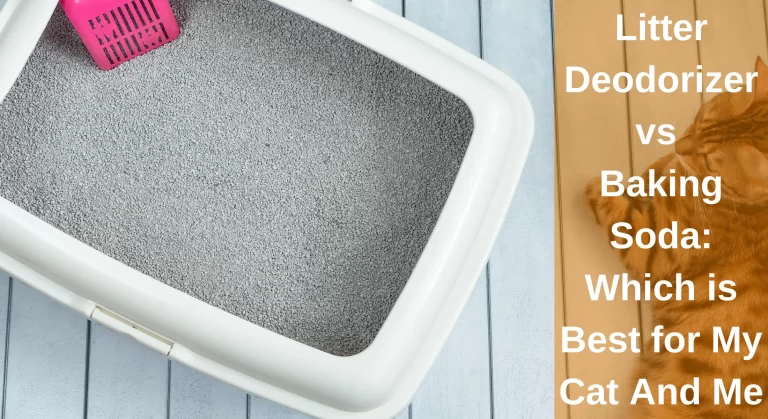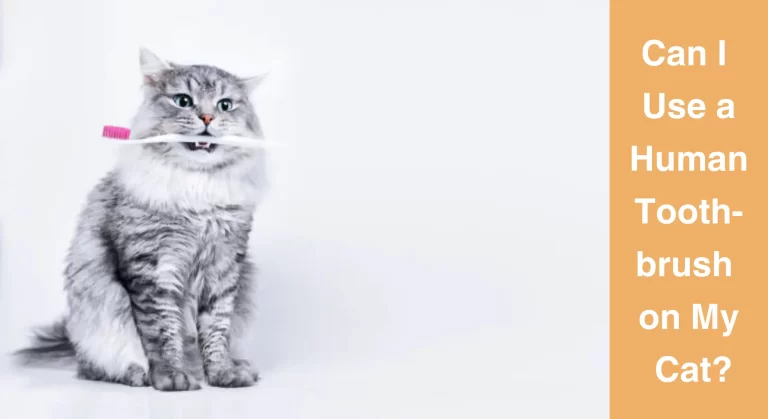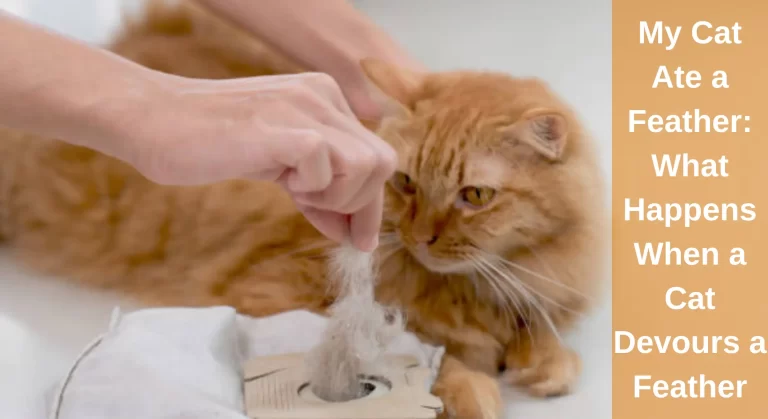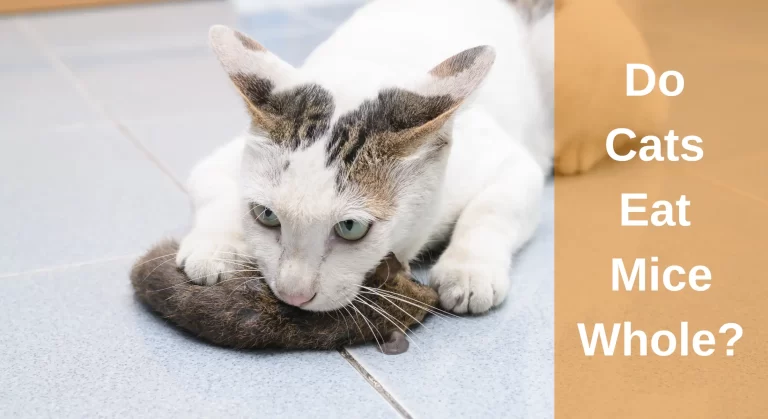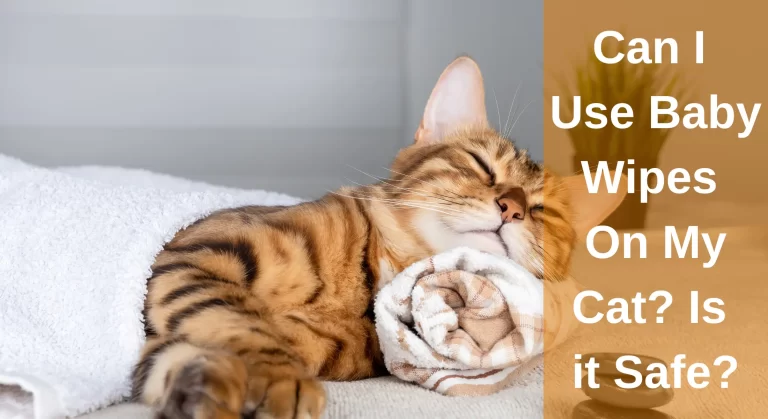The Ultimate Guide to – What Temperature Do Cats Like?
As the seasons change, cat owners frequently adjust the thermostat settings and crack open their windows to maintain the appropriate temperature for their cats. We could ignore the reality that our animals have opinions, too! What temperature do cats like?
At least 70° and no lower than 60° is ideal for cats. This range allows them to be comfortable and content without getting too hot or too cold. It’s essential to maintain a suitable environment for their well-being. Cats can only withstand severe temperatures outside for a short while. After being in an excessively hot or cold environment, they need time to warm up or cool down.
A health problem might be present if a cat displays signs of being abnormally hot or cold that are not a response to their environment. Since our cats are unable to express how comfortable they are, it is important to watch their behavior to know when they need help regulating their body temperature. The details on this page might help you determine whether your cat is at the right temperature.
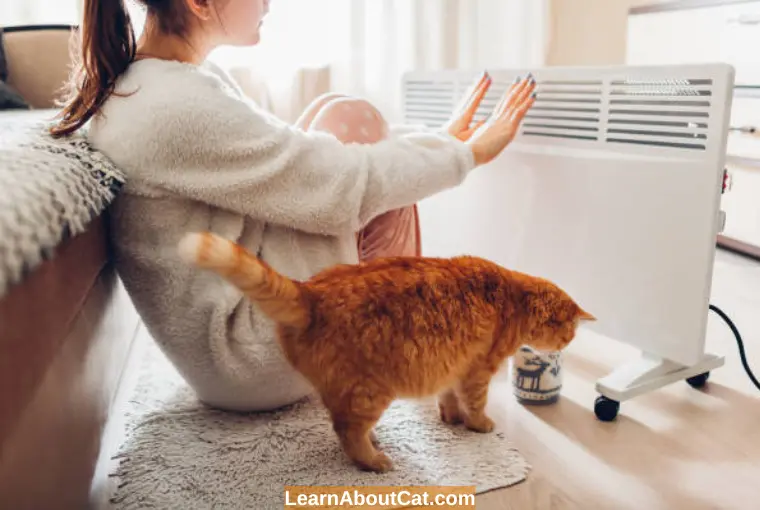
What is a Cat’s Normal Body Temperature?
Cats are cozy and warm creatures because their resting body temperatures are greater than those of humans. A cat’s body temperature, while it is sleeping, should be between 100.5 and 102.5°F. In contrast, the resting body temperature of a human is 98°F.
It stands to reason that if you feel comfortable in your home’s temperature, your cat presumably does, too, because a cat’s body temperature is somewhat higher than a human’s. Cats can live in colder climates as long as they have cozy bedding to snuggle up in since they have a minimal risk of hypothermia.
Also Read: Why Do Cats Like Refrigerators?
Factors Affecting a Cat’s Ability to Adapt to Temperature
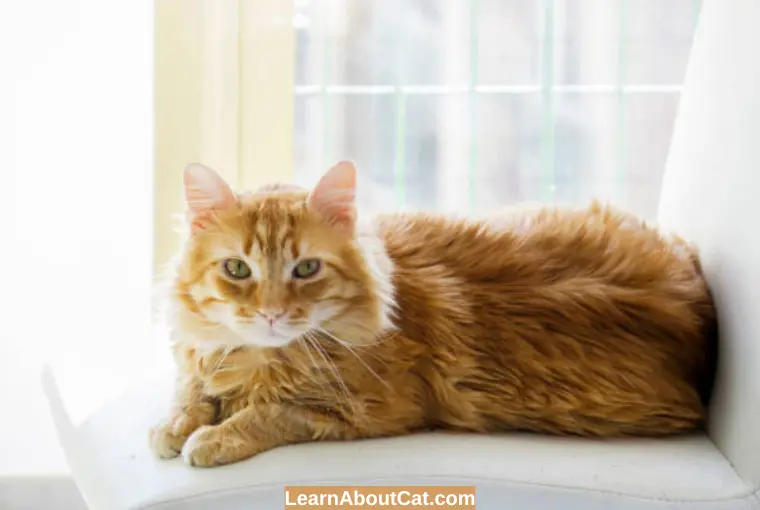
1. Type of Breed
Breeds of cats with thicker coats become uncomfortable in the heat. Long-haired cats with thick fur coats in Himalayans protect their bodies from the cold. British Shorthair and Manx cats are examples of short-haired cats with fur coats that keep them warm but aren’t too thick to prevent them from cooling off in the heat.
The body temperature of hairless breeds like Sphynx is about 4° greater than that of other cats. In order to make up for their lack of fur, these cats do this, but without insulation, they are unable to withstand the cold.
2. Size of Cat
It isn’t much you can do to adjust size because breed and genetics play a major role. A cat’s capacity to maintain heat often increases with size. Therefore, plump cats thrive in cooler climates but leaner cats do not.
3. Age of Cat
Kittens under 4 weeks old must be kept warm by external means since they cannot control their body temperature. Anything below that raises the danger of hypothermia for kittens; the optimal temperature range is between 80 and 85 degrees Fahrenheit.
Compared to your older cats, kittens keep less body heat. So, it is a good idea to place a few blankets around the kitties warm as they sleep.
4. Health Condition
Ill cats require warmer surroundings to feel comfortable, much like sick people do. If your cat isn’t performing well, turn up the heat.
How Do Cats Regulate Their Body Temperature?
Cats must control their core temperature to keep it at the recommended level of 101.5 degrees Fahrenheit. Fortunately, cats are highly adept at accomplishing this and do so by altering the amount of heat produced by their bodies and regulating their body temperature by utilizing their surroundings.
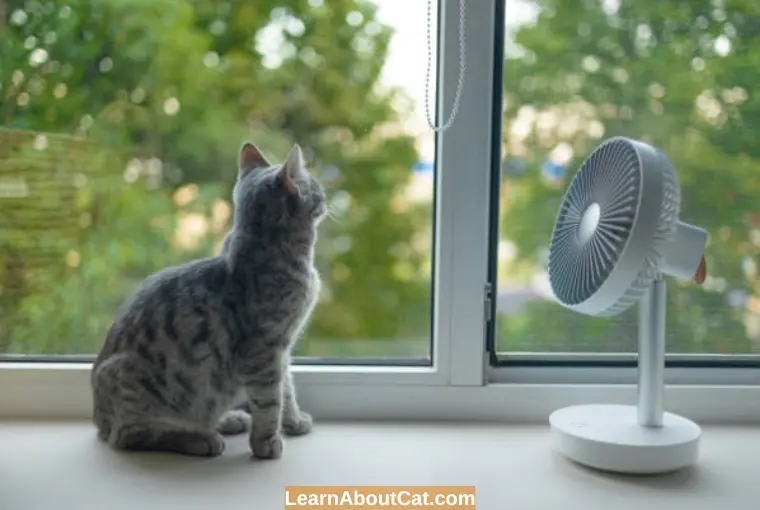
How Do Cats Keep Themselves Cool in Summer
- Because it will be hot outside in the summer, your cat will try to stay cool by emitting heat into its surroundings. It’s possible that your cat has started to lie around on the ground and is less active. Due to the fact that movement requires energy expenditure and has the unintended consequence of creating heat, your cat will be cooler the more still they are. By increasing the surface area of their body, they expel heat.
- Cats’ bodies also perspire when exposed to high temperatures through their nose and paw pads in addition to these behavioral control systems. The cats become cooler as a result of the sweat evaporating into the atmosphere. As a result, the skin feels cooler.
- Cats will groom themselves more frequently in the summer since they sweat more. By licking their fur, they are dampening it, and when the moisture evaporates, it will chill them once again.
How Do Cats Keep Themselves Warm in Winter
In colder locations, cats regulate their body temperature as well, trying to produce and hold onto as much heat as they can. Cats, especially those with short hair or kinds with no hair, cannot do this as well.
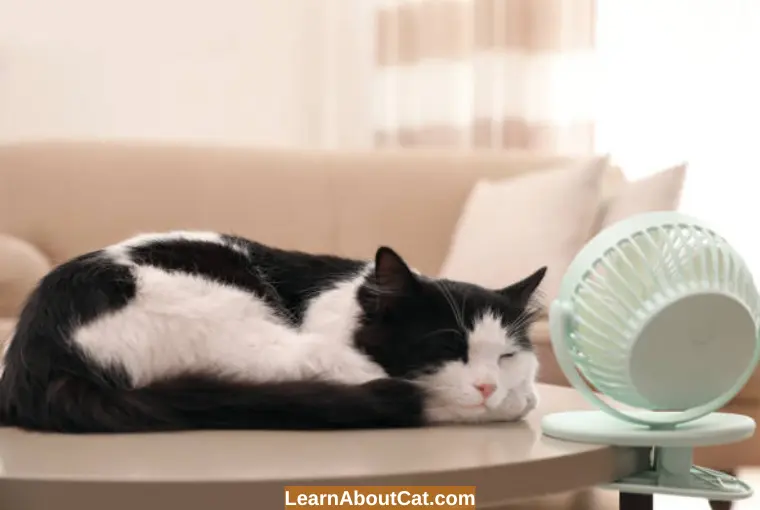
- First of all, cats will seek more cover if it’s cold outside.
- They curve themselves in a ball-like manner to preserve heat.
- Cats will also try to increase their metabolic activity when it is really cold outdoors since doing so will result in the generation of energy and heat. To do so makes them tremble.
- However, since the energy necessary to digest their food and break it down also produces heat, feeding can also help cats increase their metabolic heat. Consequently, your cat may eat more food during the course of the winter.
What Symptoms or Signs Does a Hot Cat Show?
If your cat is feeling overheated, it will exhibit the signs listed below:

- Look at their gums. They are hot because of their scarlet gums.
- Keep an eye out for panting. While dogs sometimes pant to cool themselves, panting in cats is far more serious. If you see your cat panting, it may be dangerously overheated and attempting to cool off.
- Keep track of your cat’s behavior. If your cat seems slower or sluggish than usual, it may be overheating.
- Watch how your cat walks. Your cat may be overheated if it appears more shaky than normal and is tripping or wobbling when walking.
What Symptoms or Signs Does a Cold Cat Show?
If it’s chilly outside, your cat will behave as follows:
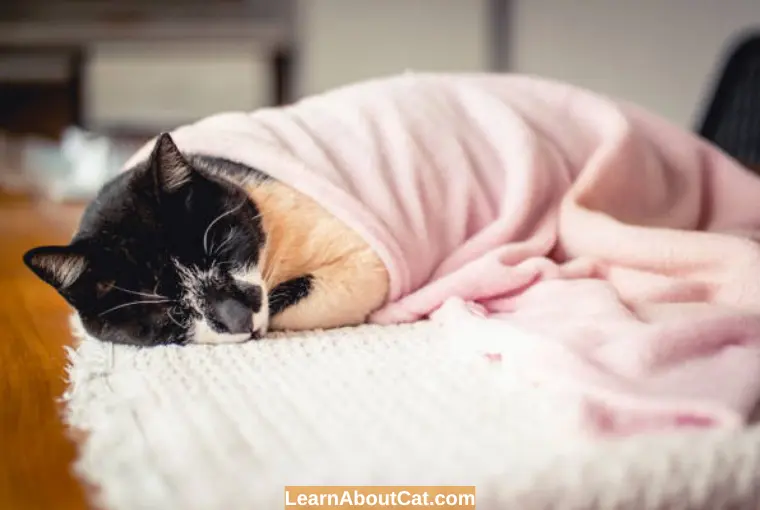
- Cute kitty cuddled up in a cozy bed under a blanket.
- Feel their ears and tail. Your cat may be having trouble controlling its body temperature if its ears or tail feel cold.
- Look behind any cushions or blankets to see if your cat is there. If you see that your cat regularly seeks out warmer areas, such as near the furnace or buried beneath a pile of blankets, your home is definitely too cool.
- Also, notice how your cat sits. When it gets cold, cats compress their bodies by curling up closely and tucking their paws under them as she/he can conserve energy. By taking this position, the cat is better able to conserve energy and keep warm.
- Note the location of your cat’s bed at home. Does your cat like to spend time in the sunlight next to windows? The cat is certainly searching for the warmest spots in your home because it is feeling cold, as this implies.
What Factors Influence a Cat’s Body Temperature
No doubt, there are various factors that influence a cat’s body temperature, but a cat’s coat is the most important. Certain cats will favor different temperatures. While cats with dense, fluffy coats, such as the Maine Coon cat, can control their body temperature in colder climates, hairless cats, such as the Sphynx cat, require a higher body temperature to be warm.
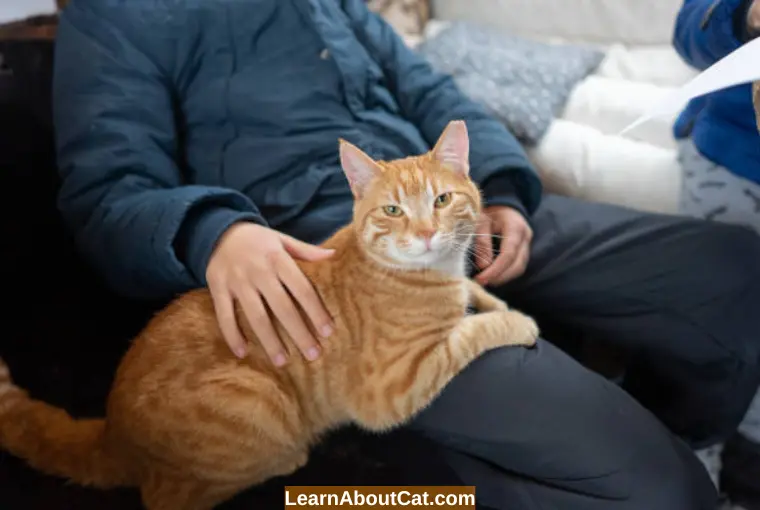
Short-haired cats are the easiest to calm down and are better equipped to control their body temperatures in both hot and cold weather. Pay attention to your cat’s coat and make sure the temperature in your home is correctly controlled to ensure your cat’s comfort throughout the freezing, snowy winters, and the hot summers.
One breed of cat that is particularly vulnerable to heat stroke is the Persian cat. Since they can’t pant as efficiently, flat-faced cats have a tougher difficulty properly cooling themselves.
The age of your cat may affect how sensitive they are to heatstroke. Cats who are too young or too elderly will have trouble regulating their body temperatures. Additionally, children this age are far more prone to die from heatstroke due to their compromised immune systems.
How Does Overheating Affect Your Health? What are the Dangers of Heat Stroke?
Cats are most susceptible to heatstroke, a kind of hyperthermia, during the scorching summer. This causes your cat’s body temperature to increase over the healthy range significantly and prevents them from cooling off.
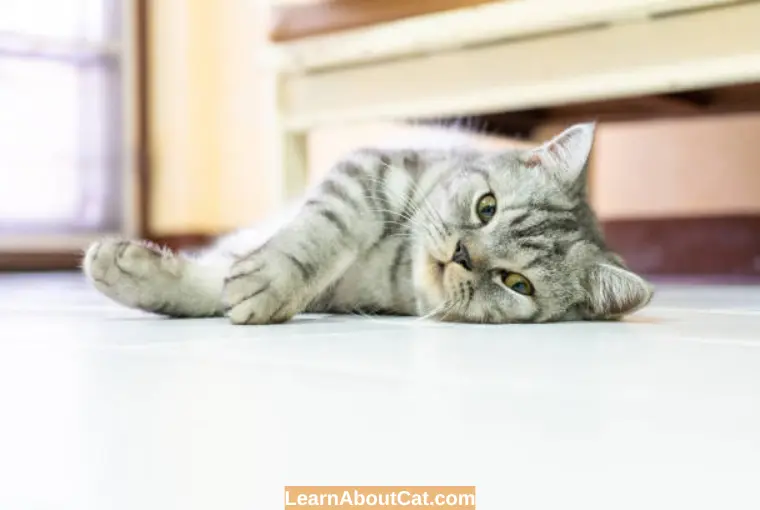
Your cat needs prompt veterinary care since if the fever is not treated, it will only become worse. In the worst situation, this might result in a coma, death, or convulsions. Additionally, it will accelerate their heart rate and respiration.
The warning signs of heat exhaustion must thus be understood by you in order to help your cat cool off before heatstroke occurs.
Consider turning up the air conditioning, cleaning your cat with a towel, and making sure they have access to fresh water. Immediately ask the vet for help, if your cat shows symptoms of diarrhea or vomiting. Heatstroke may affect any cat, although brachycephalic breeds like Persian and Himalayan cats are more prone to it. These cats are less tolerant to high temperatures because they have small noses and long fur coats. As a result, they are more likely to have respiratory issues.
What are The Symptoms of Heat Stroke in Cats?
Heat stroke is a severe condition that gets worse quickly. If left untreated, it typically results in organ failure and brain damage, making it fatal. Symptoms of heat stroke are as follows:
- Rapid breathing
- Panting
- Physical movement slowly
- Delirium
- Weak and stumbling muscles
- Extra salivation
- Some red gum
- Rectal temperature of 105 degrees Fahrenheit or higher
- Tremors
- Seizures
- Vomiting
- Diarrhea
How to Minimize the Risk of Heat Stroke in Cats
- Make sure your cat has access to fresh water at all times. As more heat builds up in the body with less water intake, keeping your cat hydrated is necessary.
- Also, limit your playing during hot days. To stop rousing your cat, hide the catnip. Exercise quickly boosts body temperature, so taking the chance on a hot day is not worth it.
- You should provide shady areas in your home for your cat to escape to. During the summer, cats need access to shady areas where they can retreat from the hot sun.
Hypothermic Symptoms in Cats
Indoor cats are less likely to get hypothermia. The biggest suffering is experienced by outdoor cats, especially if they are wet. Key warning flags are as follows:

- Difficulty breathing
- My stomach is starting to get cold.
- The pupil is dilated.
- Shivering
- Muscular stiffness
- Lethargy
- Having difficulty walking
Tips for Lowering the Risk of Cat Hypothermia
Keeping your cat indoors, especially during the winter, is the main defense against hypothermia. Additionally, it’s important to keep your cat dry since cats can get hypothermia in cold weather if their fur is moist. If your cat has access to a warm, weather-protected location to stay, the risk of hypothermia is incredibly low.
What temperature is ideal to satisfy cats is a question many cat owners struggle with. It also depends on the cat’s breed, coat, and age. Generally speaking, if you are comfortable with the temperature, your cat will be as well.
Notice his/her behavior to give the best possible environment. Heatstroke, which can be fatal, affects cats more than other animals. Watch for signs of heatstroke in your cat, and if you see them, get them to the vet immediately.
Frequently Asked Questions
Is it Better for Cat to be Too Hot or Too Cold?
The goal is to maintain a comfortable temperature for your cat year-round. However, a lot of people wonder if cats are more at risk during the winter or the summer. In general, cats prefer to warm up rather than chill down. This shows that keeping your house at a comfortable temperature in the summer is more crucial than it is in the winter. In the winter, your cat has more opportunities to warm up if they are feeling chilly. This assumes that your cat has access to an indoor area all winter long.
When it’s cold indoors, a cat may snuggle up next to the heater, sleep on a sunny window sill, hide under a blanket, or cuddle up next to you. However, it is more difficult to control body temperature in the heat. In addition, exposure to heat stress may be more detrimental to your health than exposure to cold weather. Cats are far more prone to heat stroke than hypothermia.
Can cats withstand extremely cold temperatures?
Cats can withstand cold temperatures to a certain extent, but they are not immune to hypothermia and frostbite. Cats have some natural tolerance to cold temperatures due to their fur coats, but extreme cold can still pose risks. Ensure your cat has access to warmth during freezing weather.
Do all cats dislike hot weather?
Not necessarily. Some cats may enjoy basking in the sun, but it’s crucial to provide them with shady spots and water to stay cool. However, most cats will become uncomfortable if the temperature gets too high. Signs that your cat is too hot include panting, excessive grooming, and lethargy. I
How can I tell if my cat is too hot?
Excessive panting, drooling, and seeking cool areas are signs that your cat might be too hot.
Can I use a heating pad to keep my cat warm?
Yes, but make sure to use a pet-safe heating pad and monitor your cat to prevent overheating.
What should I do if my cat is shivering?
Shivering can indicate that your cat is too cold. Provide them with a warm space and monitor their behavior.
Conclusion
So, what range of temperatures do cats prefer? Cats typically prefer temperatures between 80 and 90 degrees Fahrenheit. But since cats are superb heat regulators, they could still feel at ease in homes that are between 60 and 90 degrees, so it ought to be a temperature that you and your family can endure as well!
Cats of different breeds will require different temperatures. Their tolerance to heat may also vary depending on their breed, age, health, and size. Keep an eye out for symptoms of hypothermia or overheating in your cat during inclement weather. Get in touch with your veterinarian if you have any questions. Make careful to adjust your home if you live in a severe location to lessen the chance that your cat may get overheated or hypothermic.
Who is Isabella?
My name is Isabella, and I am a dedicated and knowledgeable cat enthusiast. With years of experience caring for cats and a deep love for felines, I made a mission to help other cat lovers navigate the challenges of cat ownership.

